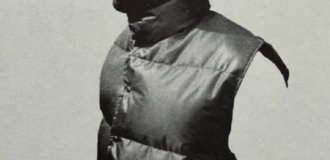The War of the Kettle: A Strange, But True Story (6 photos)
Sometimes in history there are events that are hard to take seriously. One of them is the War of the Kettle, which took place in 1784 between the Holy Roman Empire and the Dutch Republic. 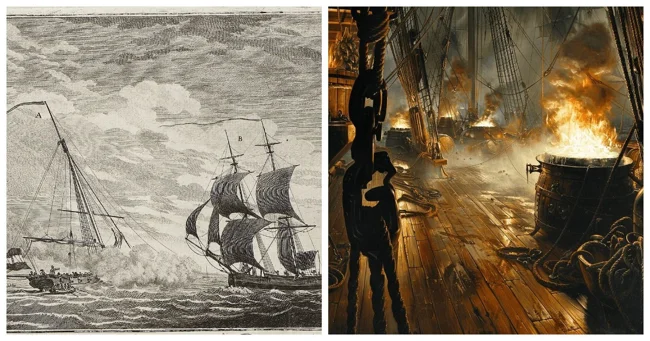
It was a classic David versus Goliath: the mighty fleet of the Holy Roman Empire went up against a single Dutch ship. And lost.
The battle lasted less than a day, only one cannonball was fired, and the only casualty was... a soup kettle.
How the War of the Kettle Began 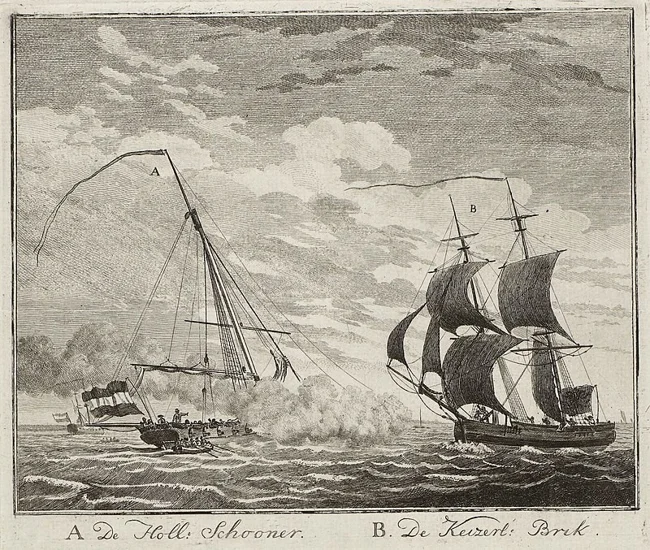
On October 8, 1784, the Dutch ship "Dolphin" was sent to intercept the imperial ships
The roots of the conflict go deep into the past. More than two hundred years ago, when the Low Countries were under Spanish rule, the seven northern provinces (now the Netherlands) began a rebellion against the Spanish. After eighty years of struggle, they gained independence and created the Dutch Republic.
The southern provinces (now Belgium and Luxembourg) remained under Spanish control.
However, even after independence, relations between the Netherlands and Spain remained tense. And all because of one river - the Scheldt.
The Scheldt Conflict 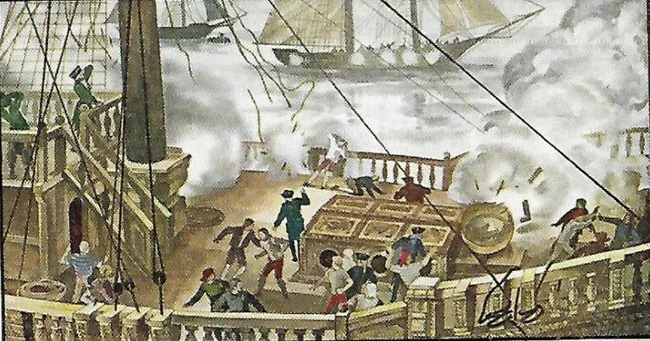
19th century image - events from the Dolphin
The Scheldt River begins in the south of France, crosses the southern provinces and flows into the North Sea through the Netherlands. Before the Dutch took control of the Scheldt estuary in 1585, the two major ports of Ghent and Antwerp were thriving.
With the river closed to shipping, trade shifted to Amsterdam and Middelburg, and the economy of the south suffered greatly.
Almost two centuries later, the issue was still open. In 1784, the Holy Roman Emperor Joseph II, who was also the ruler of these southernmost provinces, demanded that the Scheldt be opened to international shipping. But the Dutch refused.
Then the Emperor sent three warships from Antwerp to break the blockade. They were confronted by a single ship from the Dutch Republic, the "Dolfijn" (Dolphin). 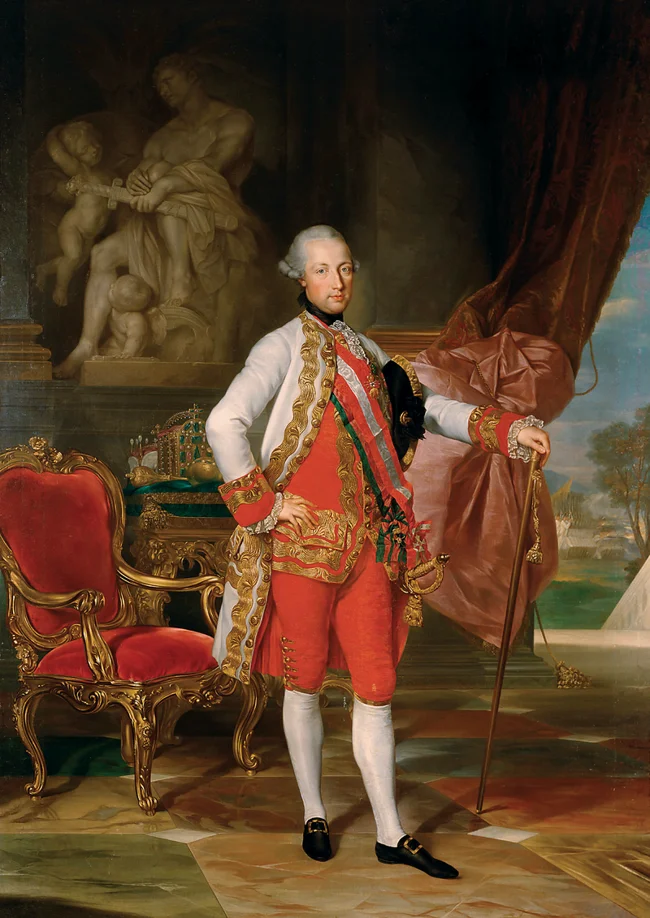
Joseph II, the initiator of the war
The meeting took place on October 9, 1784, near the village of Zaftinhe in the southwest of the Netherlands.
What exactly happened that day is still unclear. But legend has it:
A Dutch ship fired one accurate shot at the empire's main ship, Le Louis. The cannonball hit neither the hull nor the sails... but the soup kettle on the deck.
That was enough: the captain surrendered without further struggle.
What next? 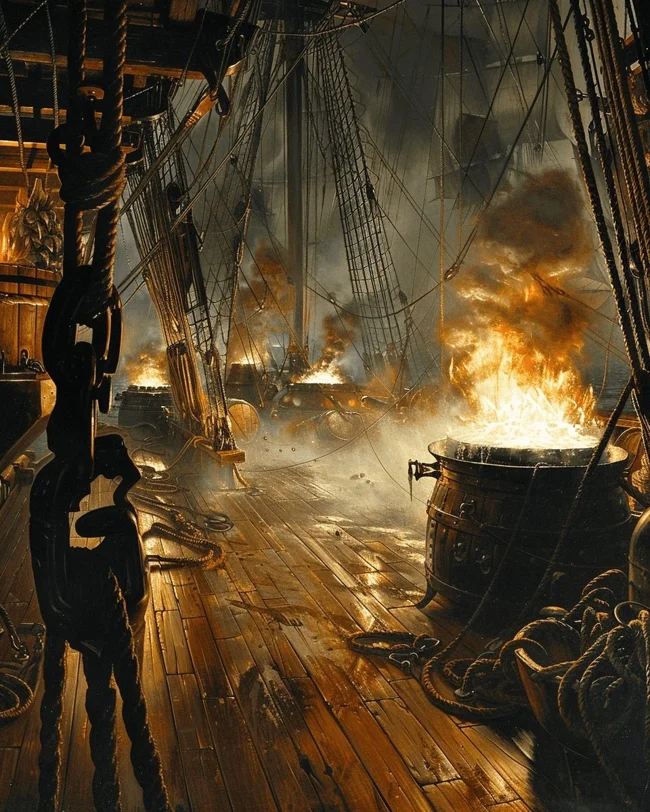
Emperor Joseph II was furious. He declared war on the Netherlands and sent troops to occupy the old fortress of Lillo, located north of Antwerp.
The imperial troops destroyed several dams, flooding the surrounding area. There were many casualties among people...
But the war never escalated into a full-scale campaign. Both sides soon agreed to peace. 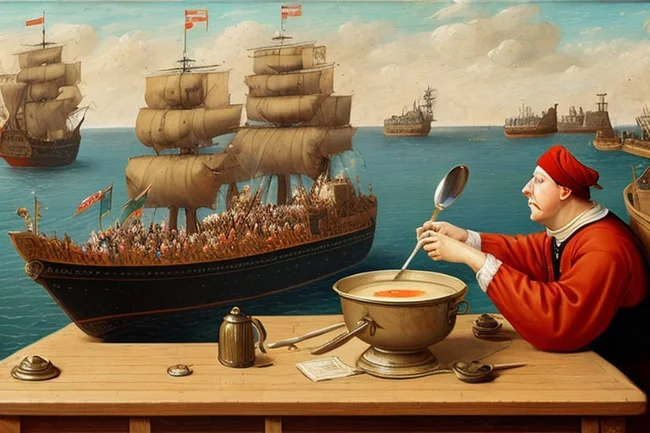
As a result of the negotiations, the Dutch retained control over the Scheldt, but paid compensation to the Austrian Habsburgs - several million florins.
The river itself did not remain closed for long: already in 1792, after the Netherlands lost control due to French conquests, the Scheldt again became free for navigation.
This ironic, but true page of European history demonstrates how trade disputes can escalate into military action.








